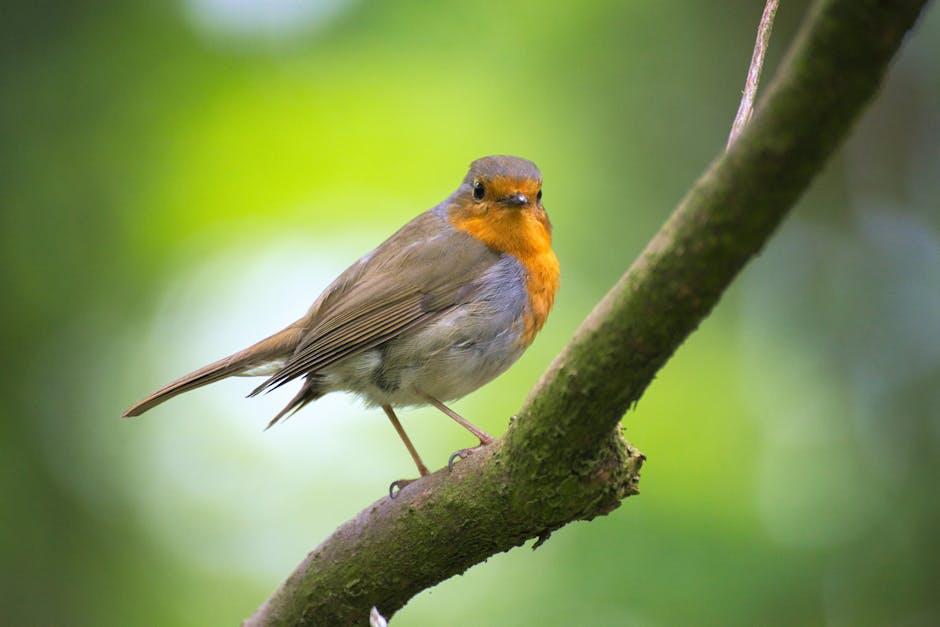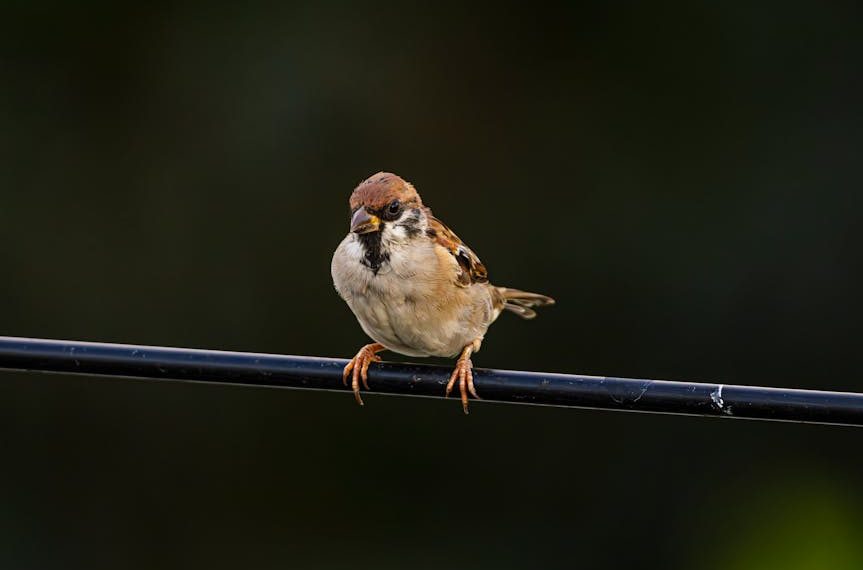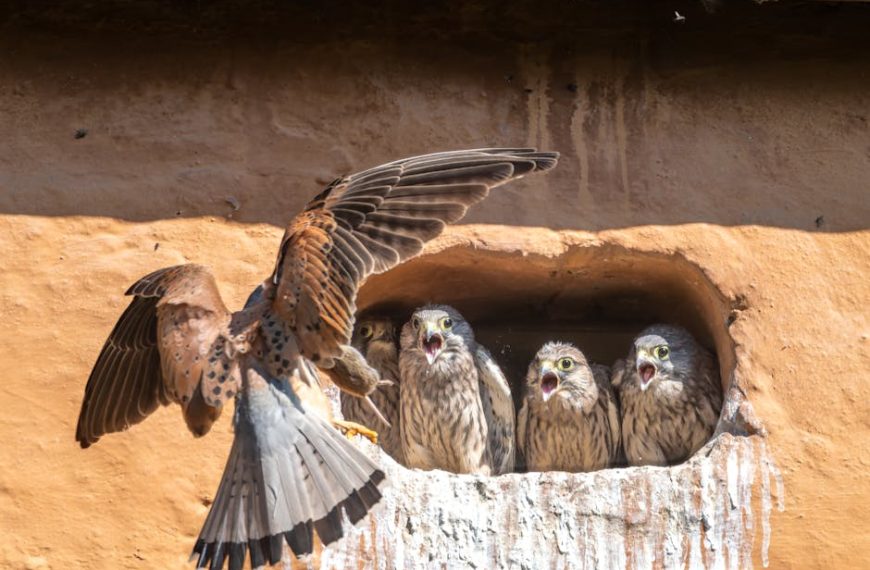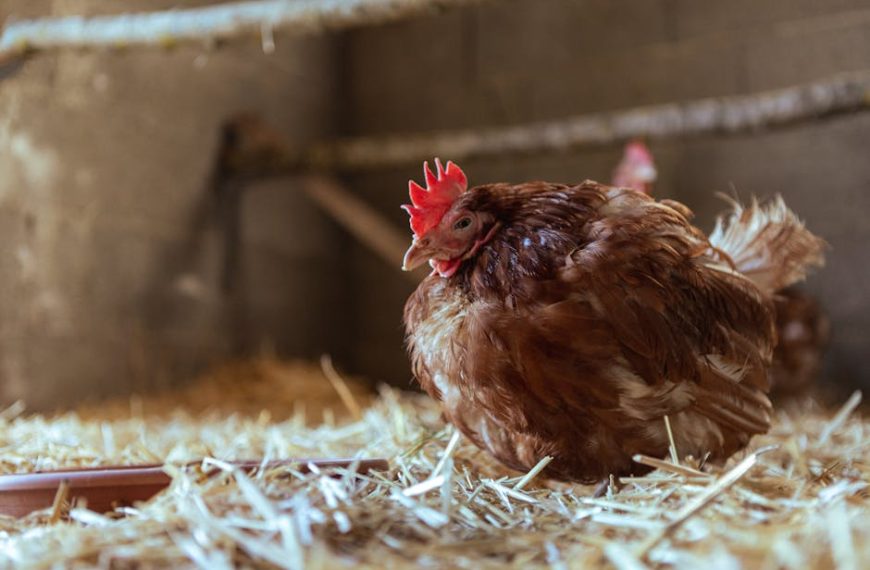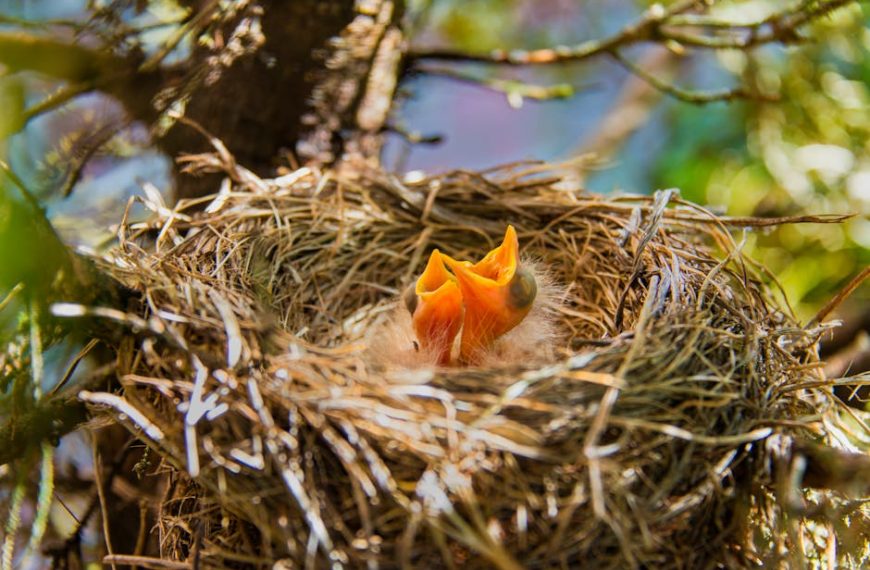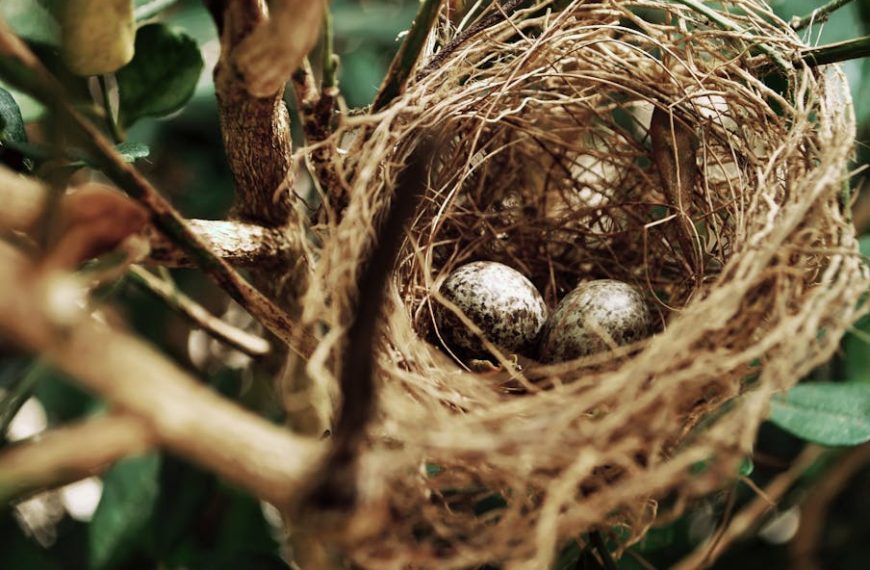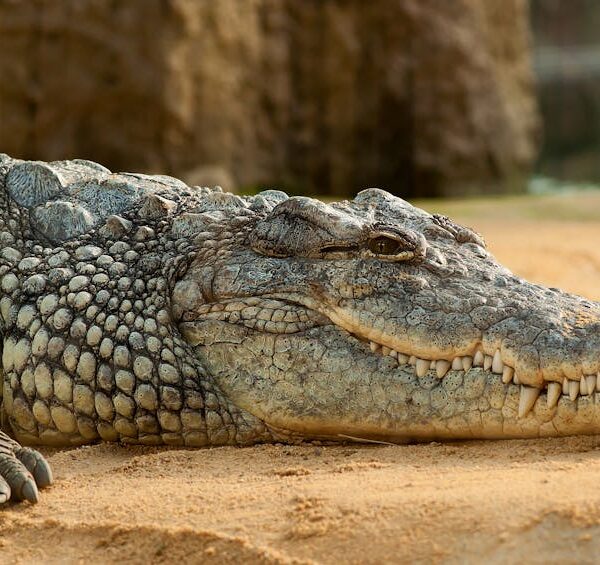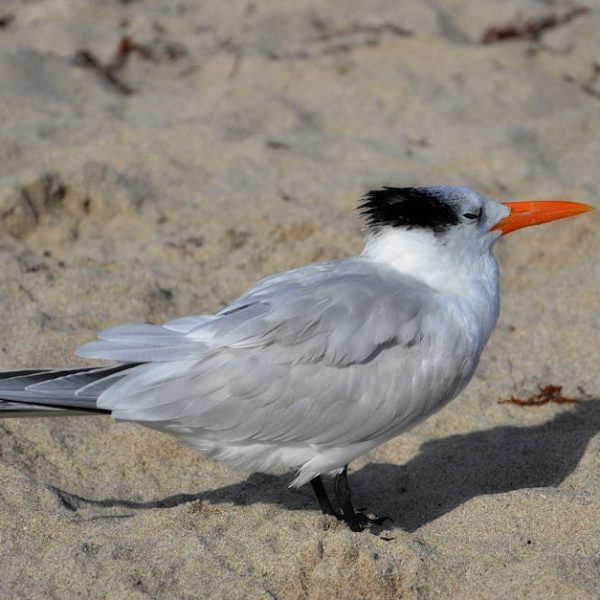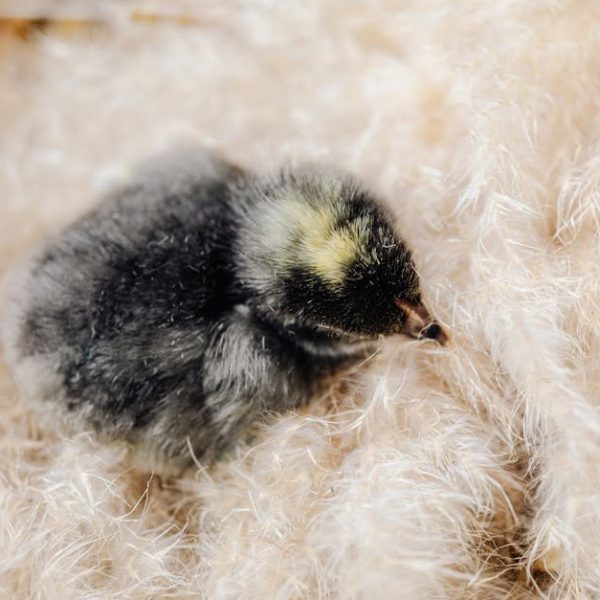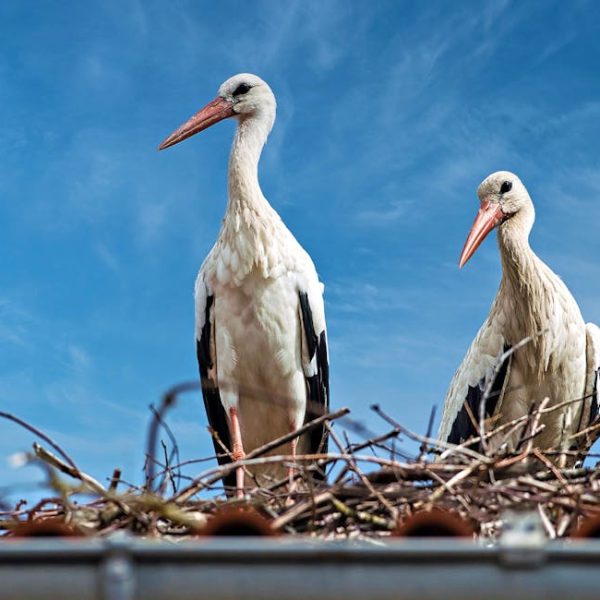The mystery of nature is always intriguing, especially when observed through the lens of our feathered friends’ behavior. As we delve into how birds keep their eggs safe, it becomes evident that relocation isn’t a common practice. Their tiny claws and beaks are not designed for transportation, and therefore most birds won’t transport their eggs to ensure their safety. The risk of breaking the delicate shell is too high, and given that survival is the prime goal for any species, such a risk isn’t worth taking. Not all bird species exhibit the same behavior, there are exceptions to this rule, but those are few and far between. If you stumble upon a bird’s egg while out exploring, remember – it’s best to admire from a safe distance and not intervene, for the parent bird will return.
Yet there’s more than meets the eye when understanding how birds keep their eggs safe. One key exception to the common narrative is the behavior of cavity-nesting birds. Certain species, such as wood ducks and several owls, have uniquely adapted to their environment that involves taking residence in tight, enclosed spaces, such as tree hollows or even burrows in the ground. As these species are positioned within an enclosed space, they can employ their beaks to aid in minor adjustments of egg placement within the nest, a phenomenon that’s a rarity in the bird kingdom.
An ornithologist or wildlife expert can tell you that the evolution of nature never fails to amaze – especially when it comes to cavity-nesting birds’ ability to adjust their eggs’ placement within the confines of their nests, something beyond the usual bird capability. This unique behavior, which does not place the fragile eggs in jeopardy, is an exception and not representative of general bird behavior.
A prominent aspect that comes into play while discussing egg safety among birds is their innovative protective strategies. Rather than going through the tricky and risky process of relocating, birds prefer to keep their offspring secure by selecting ideal nesting locations. They pay attention to the elevation, protection from elements, and inaccessibility to predators while choosing a nesting spot. The nests they construct are strong architectures of nature, built to endure varying weather conditions. The color of their eggs often blends into the surroundings, camouflaging them with nature, making it hard for predators to spot them.
Stay tuned in to the story of nature and remember the following measures taken by parent birds for their eggs’ security:
- Careful nest placement in safe and inaccessible spots.
- Construction of robust and resilient nests.
- Tactics of camouflaging their eggs with surroundings.
- Aggressive and strategic defense behavior against predators.
Knowledge of these strategies is essential not just to appreciate nature but also to ensure that our actions do not inadvertently harm it. Conservation starts with understanding, so next time you spot a bird’s nest, remember to keep your distance and avoid causing any disturbance. This simple act can enhance the chance of the eggs’ survival.
To be continued…
Evolution and Adaptation: Nature’s survival toolkit
Each bird species has honed unique survival tactics over thousands of years, evolving distinctive adaptations to protect their eggs. These adaptations can be as stunning as they are ingenious. For instance, numerous species lay cryptically colored eggs – eggs that mirror their surroundings or display patterns that mimic the landscape in which they are laid. Ornate and vibrant colors may offer an advantage in densely populated, vibrant habitats, whilst a more muted tone provides camouflage in grounded nests.
Birds have also developed different egg shapes and shell hardness inspired by the environmental pressures they face. Cliff-nesting birds typically lay conical eggs which are less likely to roll off compared to a round one. Some eggs are sturdier, enabling them to withstand the weight of a brooding parent without caving in.
Here are some fascinating evolutionary adaptations for bird egg safety:
- Egg coloration: Birds laying eggs in ground nests often lay a cryptically colored egg that blends with the surrounding flora. Birds nesting in tree cavities often lay white or pale egg, where coloration is less important.
- Egg shape: Cliff-nesting birds like guillemots lay conical shaped eggs that skew when rolled, providing an advantage by repositioning themselves in a circular path rather than falling off the cliff.
- Shell hardness: Some birds lay eggs with harder shells to avoid predation or withstand the weight of brooding parents.
Consequences of Disturbing Bird Nests
Yet for all these protective measures and adaptations, the safety of bird nests is often compromised by deliberate or inadvertent human intervention. The outcome of these disturbances can be dire: from the abandonment of the nest to the death of chicks, to rendering eggs more vulnerable to predation. It’s not just the welfare of bird populations that’s at stake; in many jurisdictions, disturbing bird nests is against the law.
To ensure that our curiosity doesn’t harm bird nests or contravene legal guidelines, here’s a quick checklist to follow:
- Never touch or move bird nests.
- Observe bird nests from a safe distance and avoid causing any disturbance.
- Encourage others to respect and safeguard bird nests, and educate them about their importance.
- Before intervening or if a nest or egg is in immediate danger, check local wildlife laws and always contact local wildlife authorities or licensed wildlife rehabbers for advice.
Through this immersive journey into the world of birds and their fascinating egg protection strategies, we draw one critical conclusion: While it’s true that birds do not typically relocate their eggs, they implement various physical, tactical, and evolutionary measures to ensure their next generation’s safety. As observers and lovers of nature, let’s appreciate these marvels from a distance, respecting the birds’ space, and aiding in their conservation.
Key Takeaway:
- Most birds cannot physically carry their eggs and hence, do not relocate them.
- The exception to this rule are cavity-nesting birds, such as wood ducks and some species of owls, who can move their eggs within their nests using their beaks.
- Instead of relocating eggs, birds go to great lengths to select safe nesting locations, build sturdy nests, camouflage their eggs, and aggressively defend against predators.
- Evolution has also played a significant role in egg safety, with adaptations in egg coloration, shape, and hardness to increase chances of survival.
- Disturbing bird nests can have severe repercussions, including nest abandonment and egg vulnerability. It is illegal in many places, and it’s best to observe bird nests from a distance.
It is an intriguing world we delve into when we explore how birds ensure the safety of their eggs. While it’s true that most birds aren’t capable of physically moving their eggs, they employ diverse strategies and biological adaptations to safeguard their future generations. Let us appreciate the marvel of nature from a distance, ensuring that our curiosity does not harm these incredible creatures and their intricate life processes.
FAQs
Q: Why do birds not simply build a new nest instead of relocating their eggs?
A: Building a new nest is a complex and energy-consuming process for birds. Additionally, the female bird needs to lay eggs shortly after mating; hence there is not enough time to build a new nest.
Q: Can I move a bird’s nest if it’s in a dangerous location?
A: Do not attempt to move a bird’s nest yourself. If a nest is in immediate danger, contact local wildlife authorities or licensed wildlife rehabbers who can advise on the next steps.
Q: Are there any birds that can carry their eggs for long distances?
A: Most birds lack the physical capability to carry their eggs for any significant distance. There are exceptions however, such as certain species of cavity-nesting birds who can move their eggs short distances within their nests.
Q: What do I do if I find an abandoned bird egg?
A: If you come across what you believe is an abandoned bird egg, it’s best to leave it alone. The parent bird may be nearby and return to it. If it’s in immediate danger, contact local wildlife experts for advice.
Q: What are the legal consequences of disturbing bird nests?
A: Laws vary by jurisdiction, but disturbing bird nests can be against the law in many places. If you are unsure, check your local wildlife laws or consult with local wildlife authorities.
We encourage you to share this article with others who may find it intriguing, and explore other informative posts on our website. Your added knowledge could contribute to nature conservation and appreciate the beauty of the world around us.
